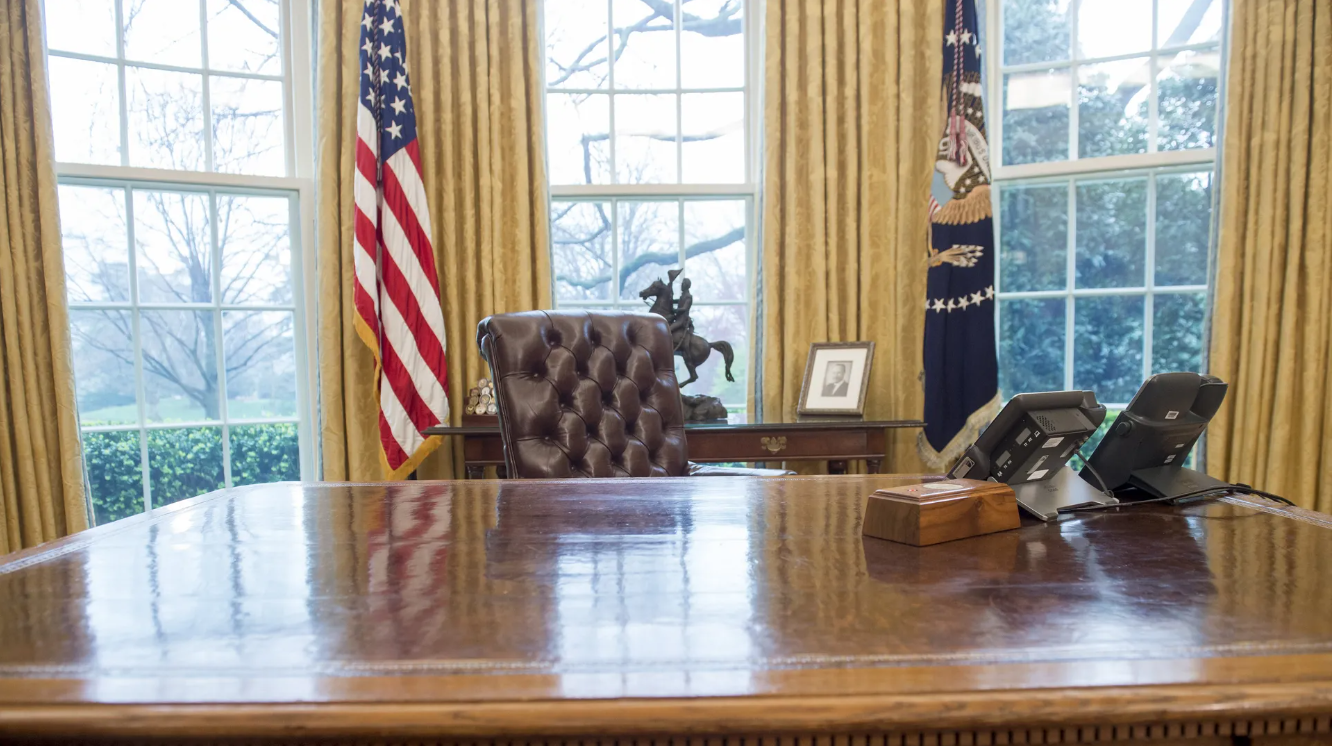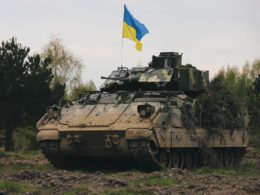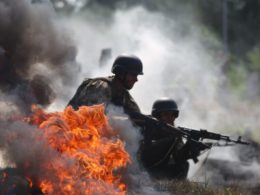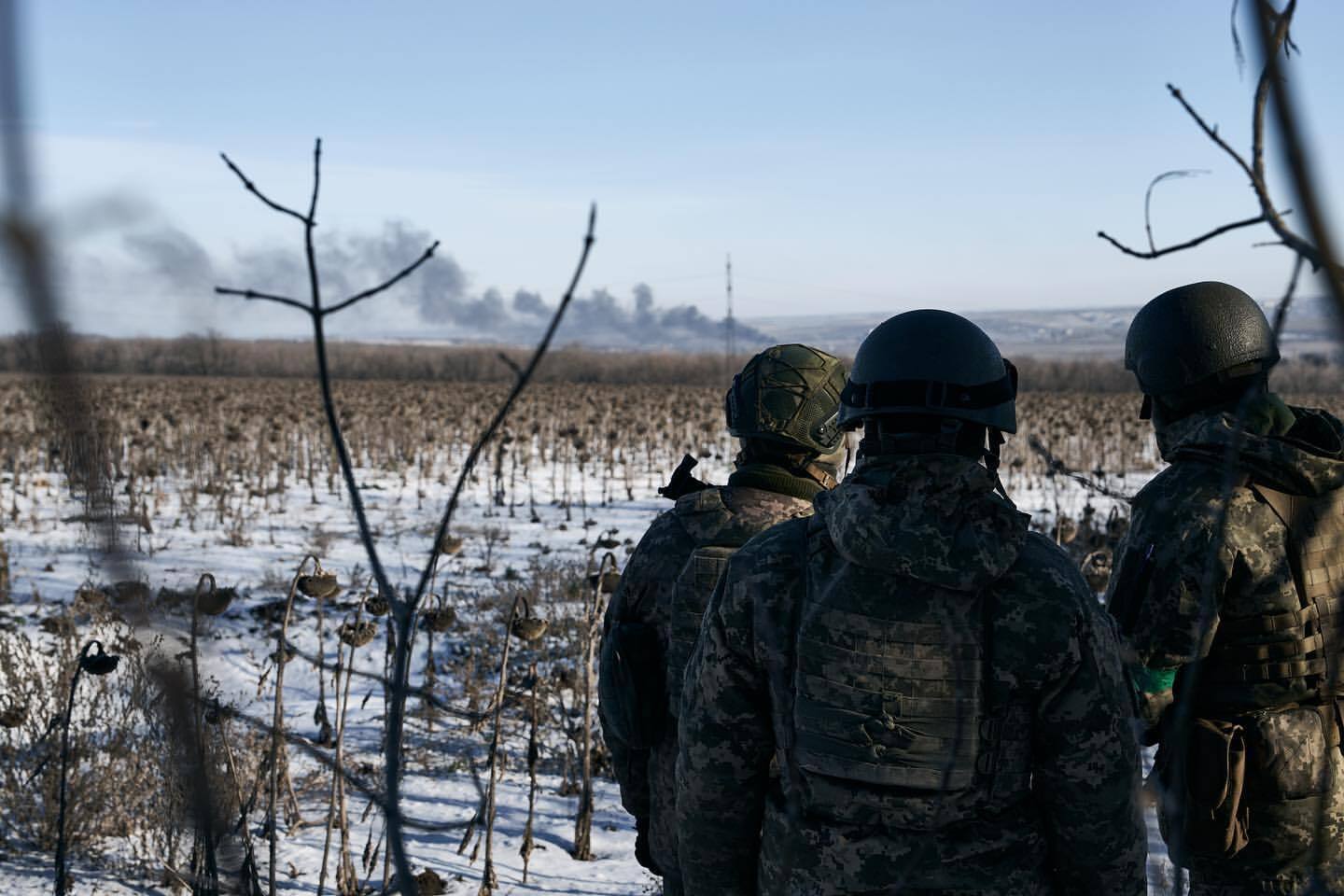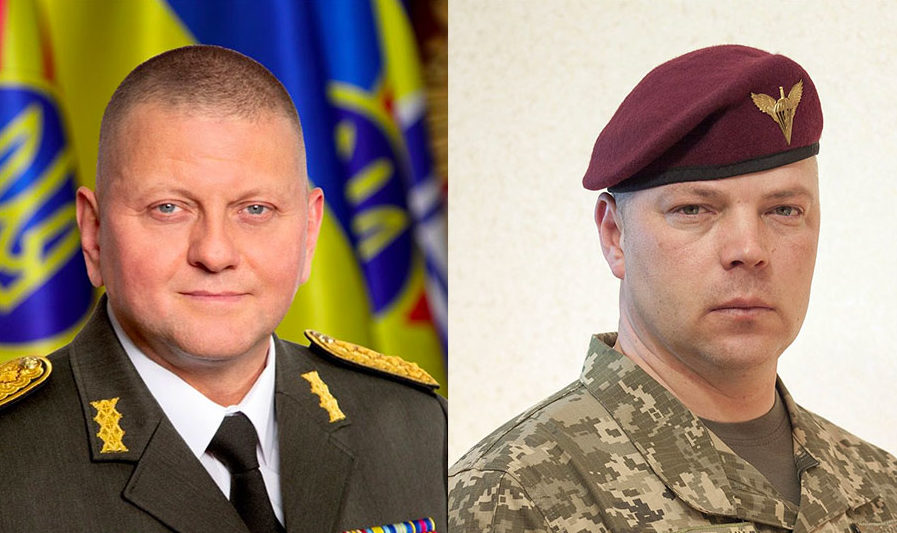As Russia intensifies strikes on Ukraine, a crucial diplomatic mission unfolds. Politico reports Ukraine's Defense Minister Rustem Umerov and Presidential Chief of Staff Andriy Yermak are headed to Washington with a strategic proposal: a list of potential targets within Russia, contingent on the US lifting restrictions on deep strikes using Western-made weapons.
This push has become Ukraine's top priority, gaining urgency as the prospect of negotiations with Russia looms. While specifics remain undetermined, potential talks cast a long shadow over current military strategies. President Zelenskyy recently underscored Kyiv's determination to enter any negotiations from a position of maximum military strength.
What might this strengthened position entail? The focus is on offensive capabilities, including the ongoing Ukrainian operation in Russia's Kursk Oblast and potentially in occupied Crimea.
Central to this strategy is the acquisition and unrestricted use of long-range Western missiles such as ATACMS, Storm Shadow, and Scalp. While Ukraine currently possesses limited quantities of these systems, military strategists argue that increased supply and permission for cross-border deployment could dramatically shift the war's dynamics.
Euromaidan Press examines Ukraine's military objectives within Russian territory, exploring which targets might be prioritized and how successful strikes could alter the war's trajectory.
The new Ukrainian “catalog strategy”
Presenting a list of targets within Russia is a strategic approach, particularly when faced with American reluctance to discuss deep strikes, according to Ukrainian defense expert Mykhailo Samus.
"The idea is to arrive with a catalog, present it, and say: show us which targets can be hit, which can't, and justify why striking certain targets would lead to escalation," Samus explained to Euromaidan Press.
He envisions a high-level meeting involving key US figures - the Director of Central Intelligence, National Security Advisor Sullivan, and the Secretary of Defense - facing their Ukrainian counterparts, including the Defense Minister and potentially the head of military intelligence, Kyrylo Budanov.
"Ukraine has a catalog. Say it's 300 targets needing a thousand missiles. We'd review each, identify US-approved ones, and agree. Ukraine would strictly adhere to the list," Samus elaborated.
This approach aims to engage American officials in a concrete dialogue with clear responsibilities, potentially preventing future disputes over unauthorized strikes and mitigating concerns about escalation.
Ukrainian defense expert Mykola Bielieskov concurs with this strategy.
"We're exerting maximum effort and applying all possible pressure," he told Euromaidan Press.
The hidden targets for Ukraine's ATACMS
According to Politico, the US has been stating for months that lifting restrictions would not have strategic significance in the war, as Russia has moved its most critical assets, including aviation, away from the border and out of reach.
The Institute for the Study of War (ISW) firmly contests this view. They assert that despite Russia's relocation of aircraft from 16 bases within ATACMS range, the strategic value of permitting Ukraine to deploy ATACMS against numerous other Russian military targets remains undiminished. ISW maintains this stance even in light of the reportedly limited number of ATACMS supplied by the US.
“At least 209 of 245 (over 85%) known Russian military objects in range of ATACMS are not air bases. ISW has not observed evidence of redeployments of military assets from the majority of Russia’s rear areas,” the analysts say.
The Institute for the Study of War (ISW) has also compiled a list of potential targets, though it acknowledges this inventory is incomplete, omitting recent Russian field camps and installations near Ukraine's border.
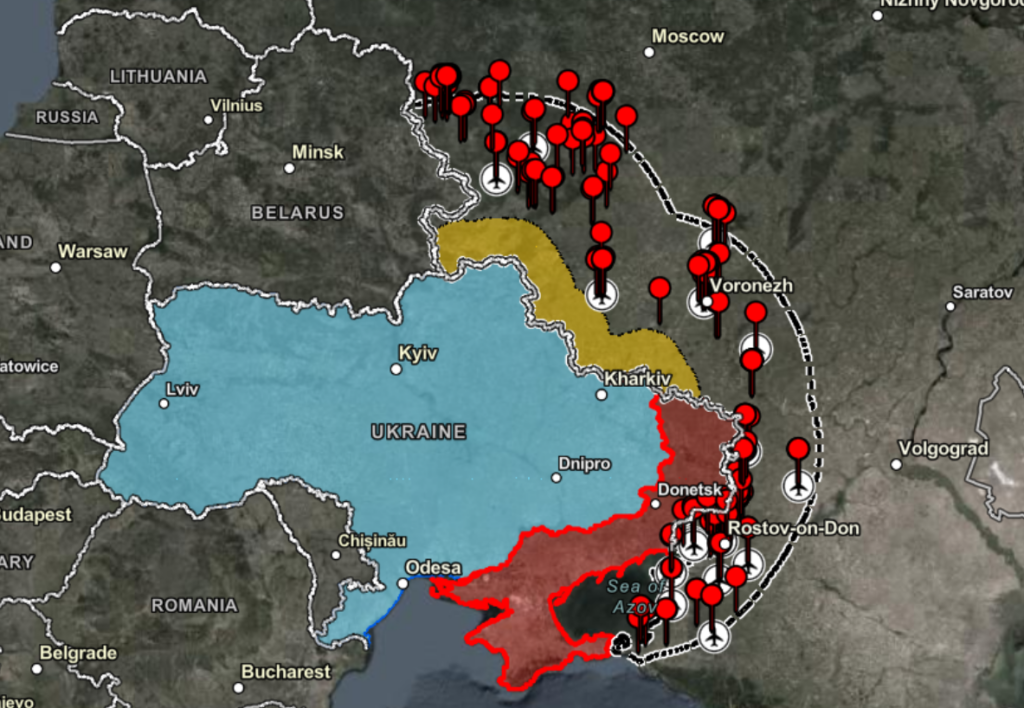
Ukrainian defense expert Mykhailo Samus corroborates this assessment. He explains that when preparing operations, Russia establishes extensive infrastructure near the operation zone. Consequently, numerous critical targets remain within the 300 km range of Western missiles, even if combat aviation has been relocated.
Samus outlines key target categories:
- Airfields: "Eliminate all Russian airfields within 300 km using missiles and drones. Highly effective."
- Air defense systems: "Neutralize all medium and long-range air defense systems within 300 km."
- Command and control systems: "Russian command posts are likely within reach, not 600 km away as some might think. The entire control system is vulnerable."
- Logistics and supply networks: "Ammunition depots and material resources are certainly present within 300 km."
- Permanent bases of Russian divisions and regiments: "Forcing relocation of these assets deeper into Russian territory will significantly disrupt their command system."
- Radio-technical and radar reconnaissance systems: "These systems are crucial targets. Standard military objectives in any conflict."
Samus further explains that many targets - such as divisional depots and major railway junctions used by Russian forces - are difficult to destroy with drones due to insufficient payload capacity.
"Drones can effectively target aircraft or fuel depots, potentially causing detonations. However, for larger targets, we need more powerful options," he notes.
Limited arsenal, unlimited targets
Mykola Bielieskov offers a nuanced perspective on strategic missile strikes amid limited resources. While Russian forces have adapted, forward airfields remain valuable targets.
"The Russians have withdrawn their aviation deeper into their territory, but keep ammunition at airfields near Ukraine, quickly arming planes to avoid long-distance flights with heavy loads," Bielieskov explains, noting that Ukrainian ATACMS strikes on Crimean airfields prompted these shifts.
Command, control, and logistics systems are crucial targets, but limited missile supply poses challenges.
"This could be an inefficient use of a scarce resource. To reliably disable the entire Russian command and supply system, we'd need hundreds of missiles. Plus, not all ATACMS reach their targets," Bielieskov adds.
Regarding potential targets like those listed by ISW, Bielieskov cautions that many are regular military units with dispersed resources. For truly effective strikes, precise intelligence on command systems and logistical hubs is essential.
Trending Now
"Not all objects are equally valuable in terms of 'destruction/effect on the front.' And unfortunately, one missile doesn't guarantee a destroyed object," the expert explains.
Bielieskov also considers targeting long-range missiles at Russian troop concentrations inefficient, favoring higher-priority targets with greater strategic impact.

From Kursk to Crimea: Ukraine's bold military strategy
Mykhailo Samus suggests the US is deeply displeased with the Kursk operation, viewing it as evidence of the Biden administration's weakness and lack of control.
"Ukrainians have started hiding the real situation from the Biden administration, fearing potential harm or information leaks," he claims.
This dissatisfaction may explain Politico's reports about Biden "considering" providing JASSM missiles for Ukraine's F-16s. These missiles, comparable to Storm Shadow but designed for American aircraft, are crucial for potential operations in Crimea, Samus argues.
"It's shameful there's no decision to transfer JASSM missiles. The F-16 needs weapons for combat capabilities. They're restraining Ukraine from going to Crimea this year," Samus says, interpreting the "consideration" as a likely refusal.
Samus outlines three critical points for turning the tide of war:
- Consolidating the Kursk operation through long-range strikes: "We need to clear a 300 km radius to prevent Russian reinforcements and infrastructure buildup."
- Creating a buffer zone near Kharkiv: "A 50-kilometer buffer in Russia's border oblasts - Kursk, Bryansk, and Belgorod - would secure Kharkiv from Russian aviation and artillery."
- Liberating Crimea as a potential turning point: "What began in 2014 with celebrations in Sevastopol could end with Russia losing everything in Donbas and Crimea, and severing Western ties," Samus told Euromaidan in July.
However, other Ukrainian experts like Mykola Bielieskov and Ivan Kyrychevskyi were skeptical about Ukraine's ability to advance on Crimea at that time.
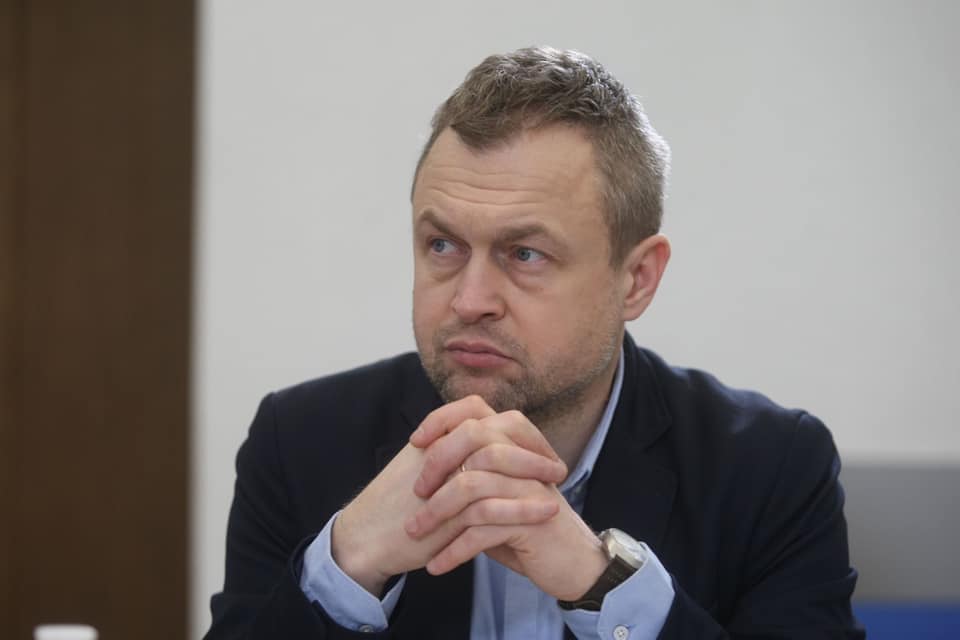
Why is the US holding back at war's tipping point?
The US reluctance to allow Ukraine full use of Western weapons against Russia is politically motivated, according to expert Samus. He suggests this stance might be linked to Kamala Harris's pre-election campaign concerns.
"Harris merely states they support Ukraine. But what does this mean when they're not allowing strikes on Russia? They're effectively protecting Russian territory from Ukrainian forces," Samus argues.
Mykola Bielieskov suggests a more fundamental issue: "This is indeed political, but it centers on a crucial question: what are the US goals in this war?"
Hanna Hopko, co-founder of the International Center for Ukrainian Victory and former MP, views long-range strikes into Russia as essential for Ukraine's self-defense. She interprets US reluctance as potentially preventing Russia's decisive defeat, indicating a lack of clear victory strategy among Western leaders.
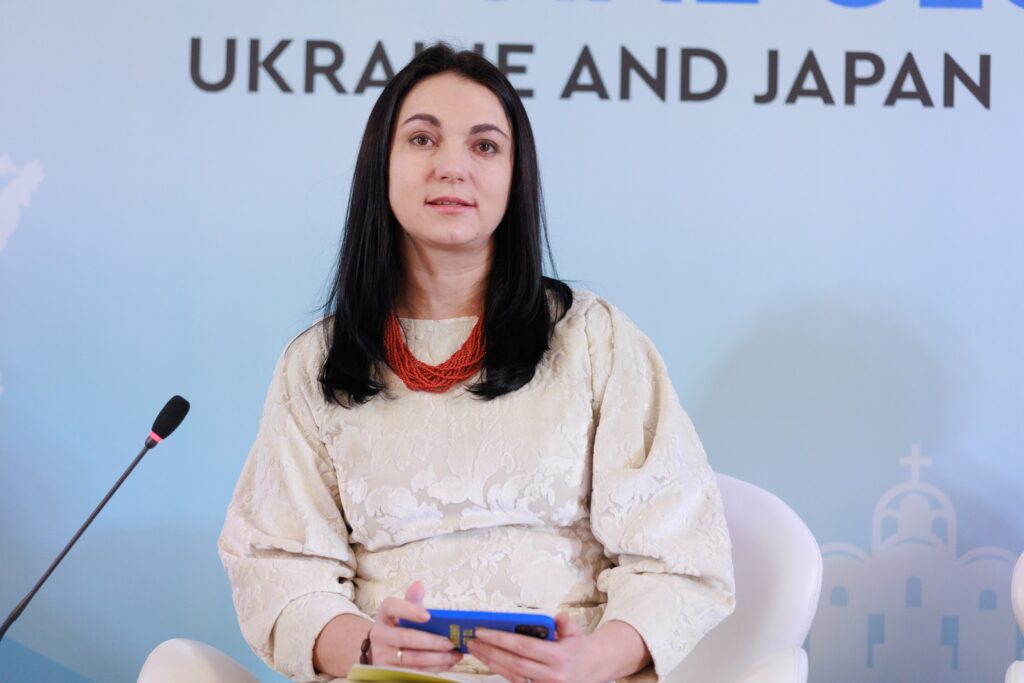
The recent Ukrainian Kursk operation highlighted this issue, demonstrating the arbitrary nature of "red lines" limiting Western weapon supplies for over two years.
"The West can no longer watch Ukraine bleed in a war of attrition at the cost of our soldiers' lives. It's time for bold decisions, to defeat Russia and initiate its de-imperialization," Hopko told Euromaidan Press.
She proposes a bold vision: a Victory Summit in Crimea post-Kursk, arguing that Russia's defeat would safeguard against future military and hybrid threats from what she terms an "axis of evil."
Read more:
- Can Ukraine's coming F-16s crack fortress Crimea?
- Frontline report: Ukrainian forces conducting twin encirclements in Kursk Oblast, trapping Russian troops
- Territorial integrity means everything
- What the fall of Pokrovsk could mean for Ukraine
- NATO must abandon "Russia-Ukraine War" delusion

